Archives
- 2025-11
- 2025-10
- 2025-09
- 2025-03
- 2025-02
- 2025-01
- 2024-12
- 2024-11
- 2024-10
- 2024-09
- 2024-08
- 2024-07
- 2024-06
- 2024-05
- 2024-04
- 2024-03
- 2024-02
- 2024-01
- 2023-12
- 2023-11
- 2023-10
- 2023-09
- 2023-08
- 2023-06
- 2023-05
- 2023-04
- 2023-03
- 2023-02
- 2023-01
- 2022-12
- 2022-11
- 2022-10
- 2022-09
- 2022-08
- 2022-07
- 2022-06
- 2022-05
- 2022-04
- 2022-03
- 2022-02
- 2022-01
- 2021-12
- 2021-11
- 2021-10
- 2021-09
- 2021-08
- 2021-07
- 2021-06
- 2021-05
- 2021-04
- 2021-03
- 2021-02
- 2021-01
- 2020-12
- 2020-11
- 2020-10
- 2020-09
- 2020-08
- 2020-07
- 2020-06
- 2020-05
- 2020-04
- 2020-03
- 2020-02
- 2020-01
- 2019-12
- 2019-11
- 2019-10
- 2019-09
- 2019-08
- 2019-07
- 2019-06
- 2018-07
-
Plant tissues were thought to be natural sources containing
2025-02-27
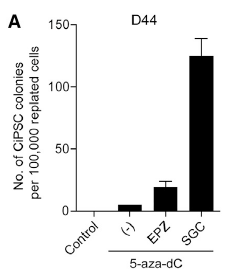
Plant tissues were thought to be natural sources containing different types of antioxidant compounds (tocopherols, ascorbic acid, carotenoids, and phenolic compounds). As a general classification, antioxidants were grouped as vitamins (ascorbic acid, tocopherols), carotenoids (condensed tannins, xan
-
An in vitro assay in which
2025-02-27
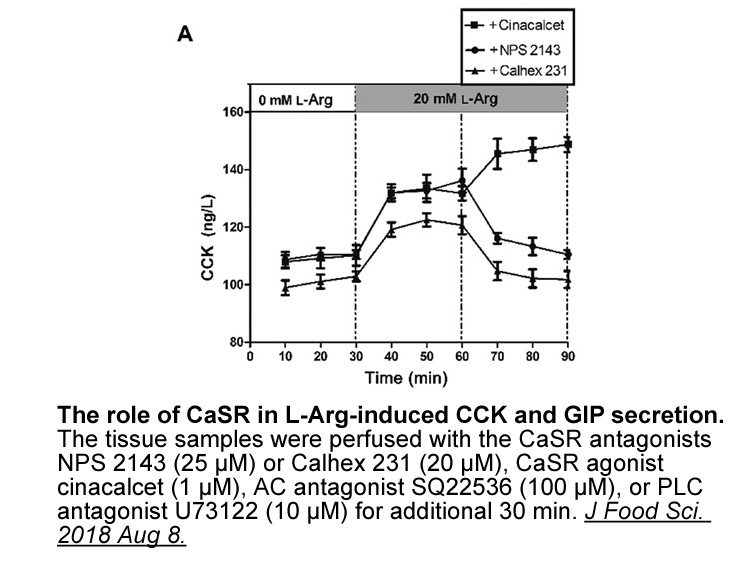
An in vitro assay in which endothelial cells form 3D tube-like structures was used to investigate effects of dNK on vessel stability. The results indicate that dNK cells from women with high spiral artery resistance index had reduced ability to activate endothelial cells, since endothelial cells pre
-
Furthermore our lab previously reported that cadmium treatme
2025-02-26

Furthermore, our lab previously reported that cadmium treatment increased AChE-S and decreased AChE-R variants gene expression, which mediates the cell death observed on basal forebrain cholinergic neurons (Del Pino et al., 2016b). AChE-R decreased expression, which presents a neuroprotective role
-
In an insightful essay Heryanto writes that
2025-02-26
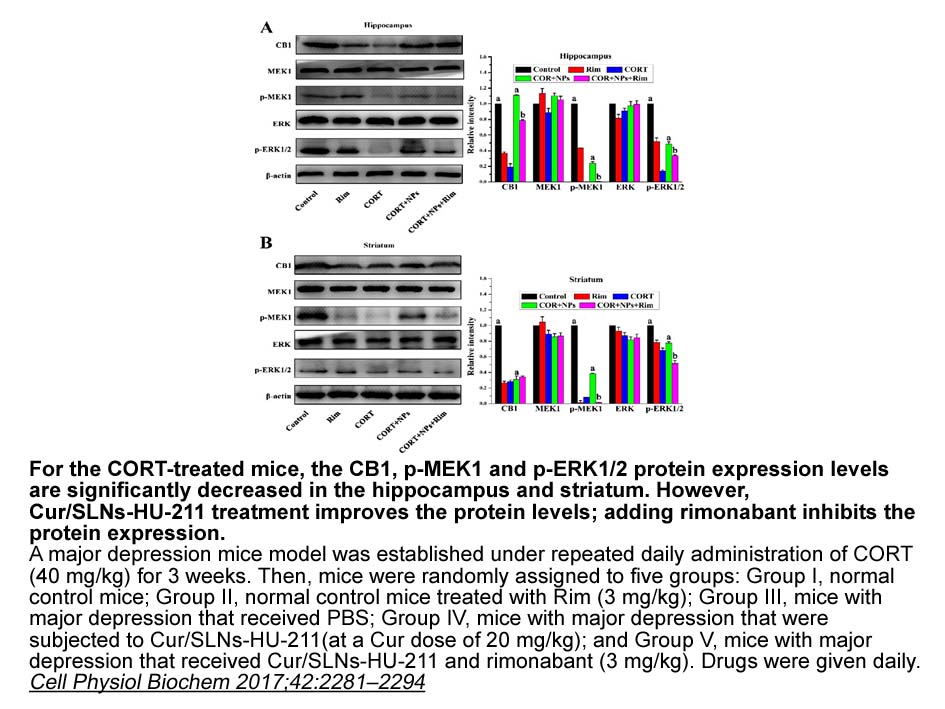
In an insightful essay, Heryanto (1990, 40) writes that language is “a phenomenon expressing the particular history of a society” that did not exist in many parts of the world. “Language is not a universal category or cultural activity. Though it may sound odd, not all people have a language in the
-
In order to increase the
2025-02-26

In order to increase the oral bioavailability, abiraterone (157) is being used in the form of its 3β-acetoxy prodrug, abiraterone acetate (156). In spite of the fact that high-fat meals increase the oral DL-AP5 Sodium salt of abiraterone acetate (156), it is recommended that this drug should be tak
-
A role for YAP in mediating resistance to EGFR
2025-02-26

A role for YAP in mediating resistance to EGFR inhibition has also been described [28], [29]. In line with these evidences, we observed increased YAP activation in all the generated EGFR TKI–resistant cells, testified by decreased phosphorylation on the inhibitory serine 127, enhanced nuclear locali
-
Accumulating data suggest that ROS trigger autophagy but in
2025-02-26

Accumulating data suggest that ROS trigger autophagy but, in turn, autophagy reduces ROS levels [23]. Our results are in agreement because 27-OH mediated autophagy induction interms of LC3 II formation and Beclin 1 protein expression was suppressed by treating the promonocytic cells with the antioxi
-
The relative stereochemistry of both
2025-02-26
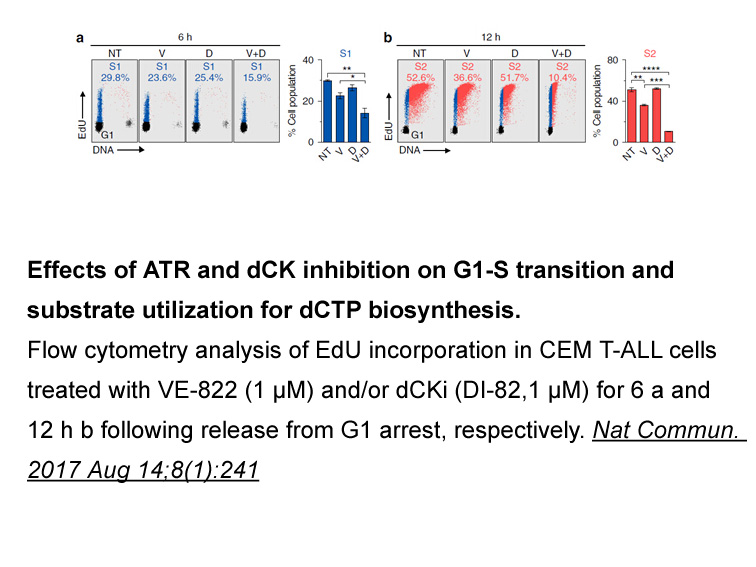
The relative stereochemistry of both the major and minor diastereoisomer of (±)-2-(hydroxymethyl)blebbistatin (±)- (and thus (±)-2-(allyloxymethyl)blebbistatin (±)-) was determined with 1D-NOESY experiments (), as crystallization efforts failed. These experiments revealed an interaction between H an
-
Protein phosphorylation is an important posttranslational me
2025-02-26

Protein phosphorylation is an important posttranslational mechanism for the regulation of distribution, trafficking, and function of modified proteins (Wang et al., 2014). GluA1 phosphorylation at S845 also has functional consequences (Lu and Roche, 2012). For instance, S845 phosphorylation drove tr
-
br Acknowledgements We would like to thank Dr Thomas Blanpie
2025-02-26
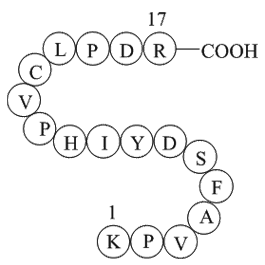
Acknowledgements We would like to thank Dr. Thomas Blanpied, Sai Sachin Divakaruni, Dr. Helmut Kessels, Feline Lindhout, Dieudonnée van de Willige, and all members of the MacGillavry lab for discussions and critical reading of the manuscript. This work was supported by NWO (ALW-VENI 863.13.020, A
-
The MOB and AOB are important in ungulates Keller and
2025-02-26
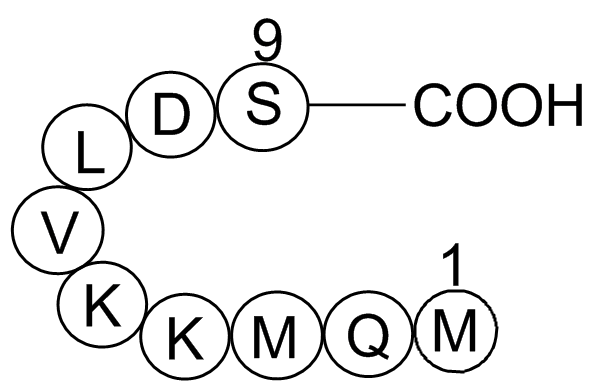
The MOB and AOB are important in ungulates (Keller and Levy, 2012, Sanchez-Andrade and Kendrick, 2009), which rely heavily on odorant information for social interactions (Baum and Cherry, 2015, Keller and Levy, 2012, Osada et al., 2014, Villagran and Ungerfeld, 2013). The release of GABA and glutama
-
br Materials and methods br Results br Discussion
2025-02-26
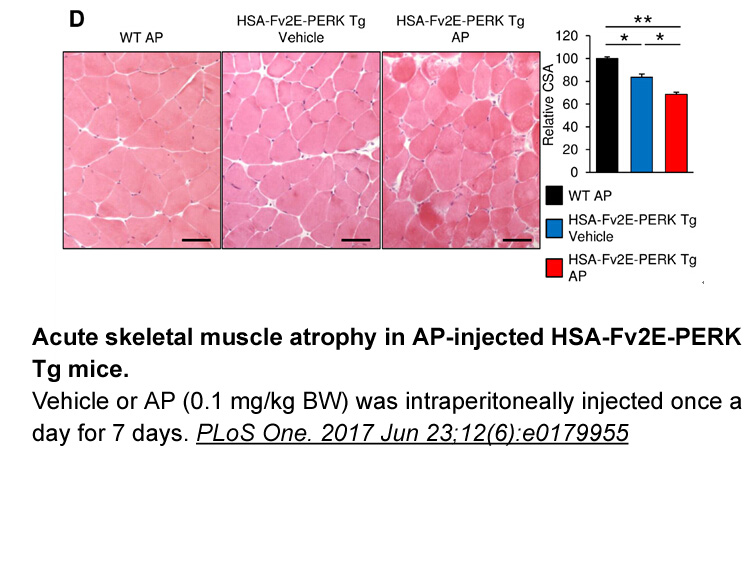
Materials and methods Results Discussion Fluoride can readily penetrate cellular membranes and seriously damage the structure and physiological function of cells (Zhou et al., 2015). Several studies have shown that excessive fluoride can decrease the viability of cells and that the growth o
-
br Conclusion We present here
2025-02-25

Conclusion We present here the first comprehensive analysis of B-Raf-induced transcriptional activation in insulinoma cells. The B-Raf-induced signaling cascade targets the c-Fos and the c-Jun genes. Both gene products are constituents of the AP-1 transcription factor. The phosphatases MKP-1 and
-
br Conclusion We have identified three non
2025-02-25

Conclusion We have identified three non-competitive inhibitors of the human and porcine APN with Ki values in the μM range, by combining virtual screening and kinetic assays. Molecular docking simulations suggest these novel inhibitors block APN activity by an alternative mechanism to Zn coordina
-
In the MT SGL two regularization parameters need to be
2025-02-25
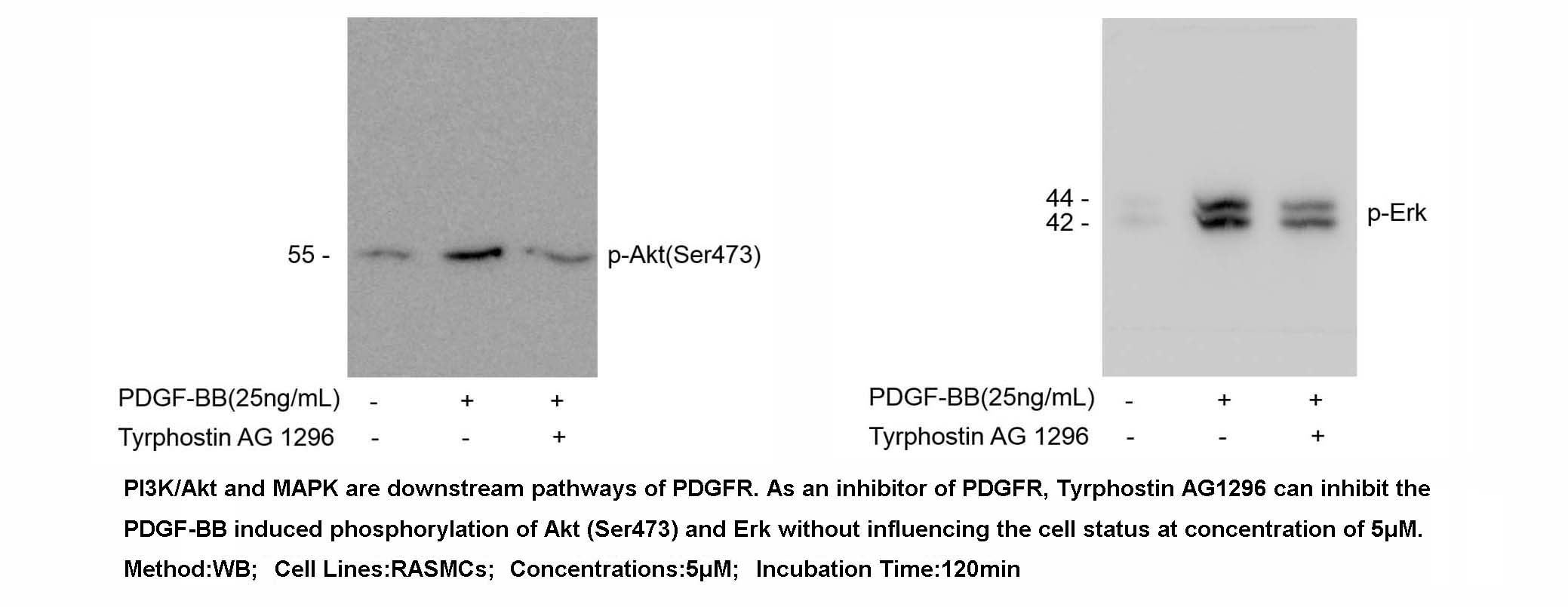
In the MT-SGL, two regularization parameters need to be specified: λ1 and λ2. Using recent results on norm regularization (Banerjee et al., 2014), it is possible to express both parameters via a single parameter as follows: and (Meier et al., 2008, Banerjee et al., 2014), where and are computed
15092 records 8/1007 page Previous Next First page 上5页 678910 下5页 Last page